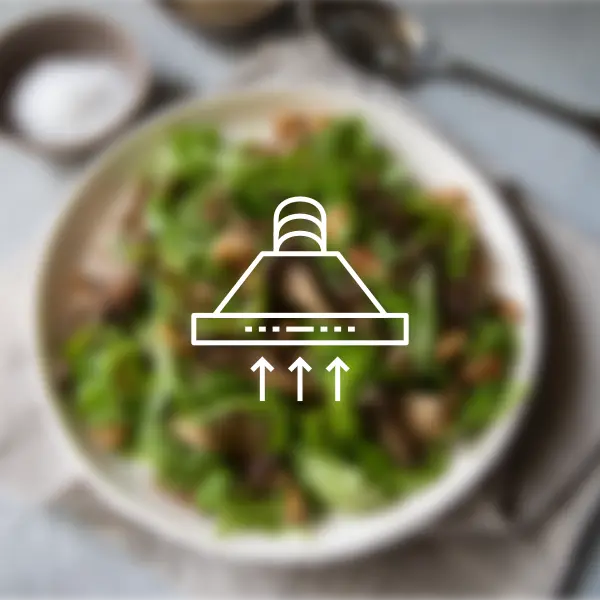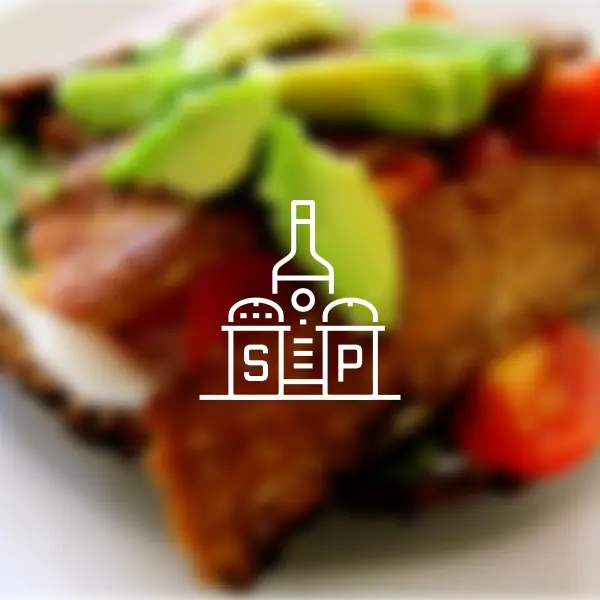Kentucky/3 recipes
by ingredients, cooking time, nutrition facts, collections
1,686 KENTUCKY/3 recipes

A delicious jelly made of parsley leaves, fruit pectin and lemon juice that tastes great with crackers.

A delightful main dish that combines tender beef with the creamy richness of coconut milk. It's a perfect example of how versatile and delicious beef can be when paired with the right ingredients.

Try this succulent casserole that is perfect to make when having guests over for dinner.

frozen dessert

A creamy dessert combining coconut, dragon fruit and cashew nuts. Dragon fruit is a rich source of antioxidants and fibre, cashews deliver heart-protective monosaturated fats, while the fat contained in coconut meat has been shown to exhibit anti-microbial, antibacterial and antifungal properties. Coconuts also contain lauric acid (found most abundantly in mothers’ milk) which is an important immune system booster. Despite its bad reputation, coconut oil is one of the healthiest oils available.

You can use any type of wholegrain rice you like - but try to stick to non-white. There are many wonderful whole grain rice varieties that would work well in this dish - brown rice, red rice, or black rice.

Eggs are high in protein and contain all the essential amino acids needed for growth and repair. In addition, they contain vitamin A, omega-3 fatty acids and vitamin E. However, not all eggs are created equal: tests have confirmed that free range eggs (from hens that were allowed to roam free and were not kept in cages) are nutritionally superior and much less likely to be contaminated with disease-causing bacteria such as salmonella. They also taste better, so whenever possible always choose free range eggs.

Choose wild salmon to reap the health benefits of this fatty fish. Wild salmon is easily identifiable as its flesh is bright red and contains very little fat (very thin white stripes in the flesh). Since wild salmon swim in the wild eating what nature intended them to eat, their nutritional profile is more complete. Farmed salmon, by comparison, are fed an unnatural diet of soy and corn (never found naturally growing in the ocean!) along with chicken and feather meal. This unnatural diet means that the nutritional content of farmed salmon is markedly different from the wild variety. In particular, its omega-3 fatty acid content is much lower. Farmed salmon also contain a lot more fat (since they can't swim around as freely) and are often carriers of toxic viruses.

This smoothie packs a real superfood punch with a combination of wolfberries, hemp seeds, chia seeds, maca and spirulina. Wolfberries, hemp seeds, chia seeds and spirulina are all complete proteins. In addition, chia seeds and hemp seeds are rich sources of omega-3 fatty acids. Maca is a great hormone regulator and has traditionally been used to enhance fertility. Spirulina is one of nature's wonder foods and its GLA content (gamma linolenic acid, an important fatty acid) is second only to mother's milk.




